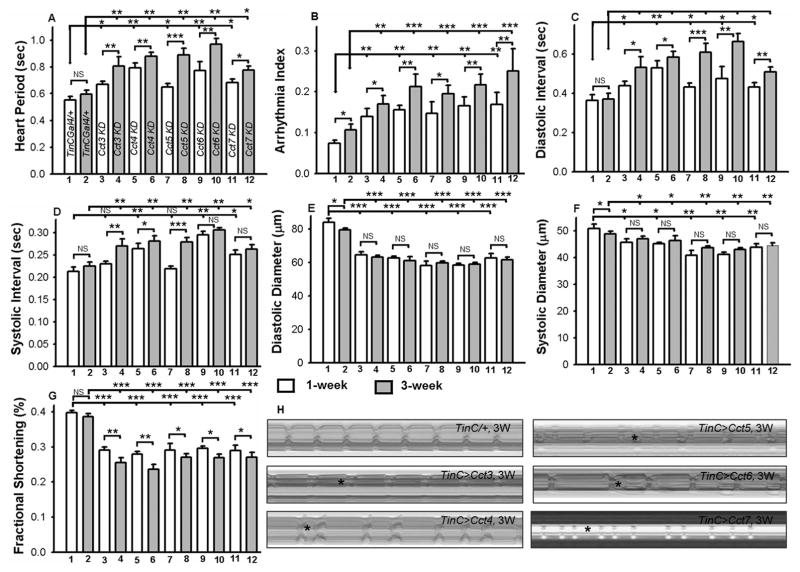Figure 3. Cardiac specific knock-down of TRiC chaperonin leads to severe and progressive cardiac physiological dysfunction.
Quantification of heart period (A), arrhythmia index (B), diastolic and systolic intervals (C and D), diastolic and systolic parameters (E and F) and cardiac performance represented as fractional shortening (G), from 1 and 3-week-old female flies (n=50 for each genotype) of driver control (TinCΔ4/+) and KD of TRiC chaperonin (Cct3, Cct4, Cct5, Cct6 and Cct7). There were only minor differences between 1 and 3 week old cardiac parameters of the TinCΔ4/+ fly hearts, however, this difference was more significant in Cct subunits (A–G). Additionally, all the listed cardiac parameters (A–G) of the Cct3, Cct4, Cct5, Cct6 and Cct7 KD hearts were significantly altered in 1 and 3-week flies compared to age-matched TinCΔ4/+ flies. Names in panel A correspond to the numbers 1–12 in panels B to G. H) M-mode records of dissected hearts for 5 sec time periods from 3-week-old female TinCΔ4/+ and from flies with cardiac-specific KD of TRiC chaperonin. As apparent in M-mode analysis, KD of TRiC chaperonin hearts resulted in restricted heart morphology and cardiac arrhythmias. All the data are shown as average ± SEM; statistical significance was determined using one-way ANOVA and Tukey’s post hoc test and compared with age-match control (TinC/+). For all parameters, statistical significance is denoted as: * = p < 0.05; ** = p < 0.01; *** = p < 0.001; NS = not significant.

